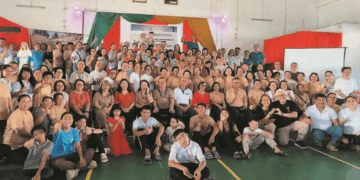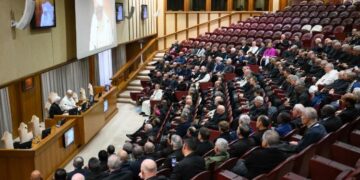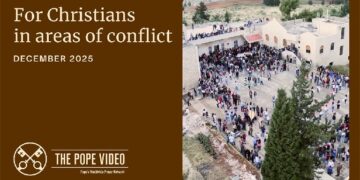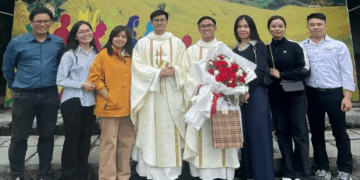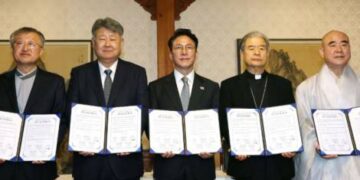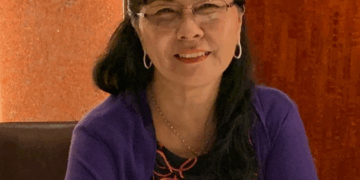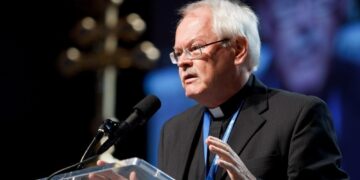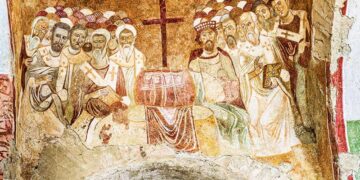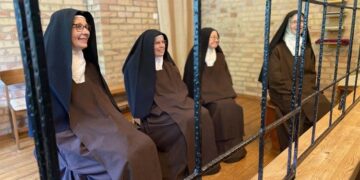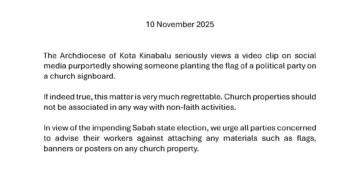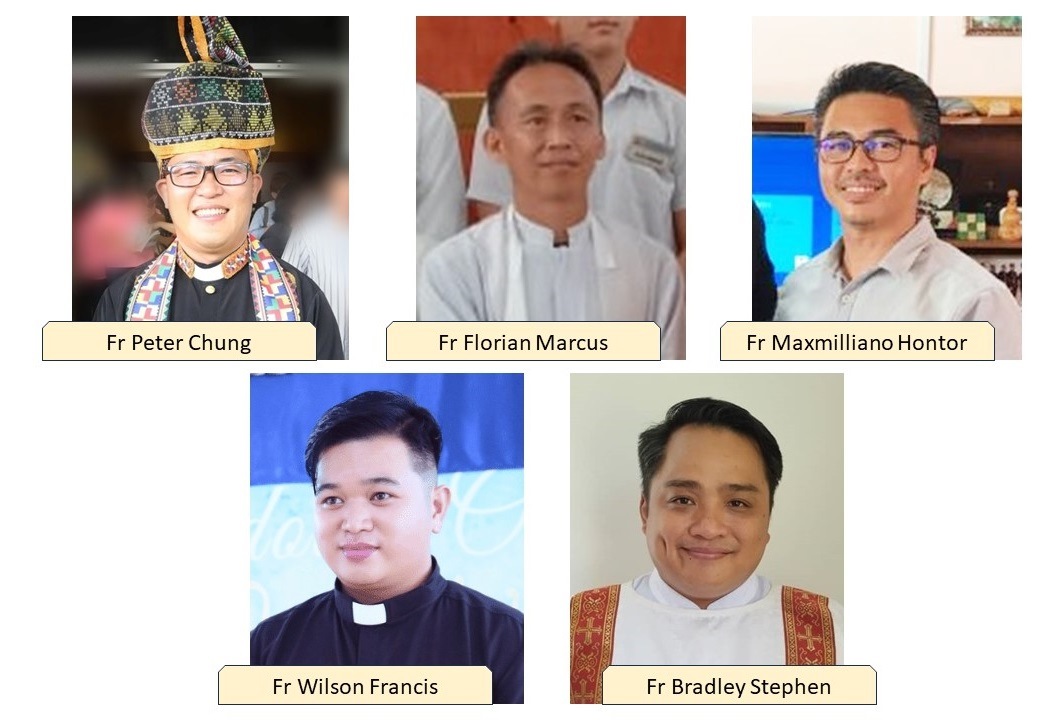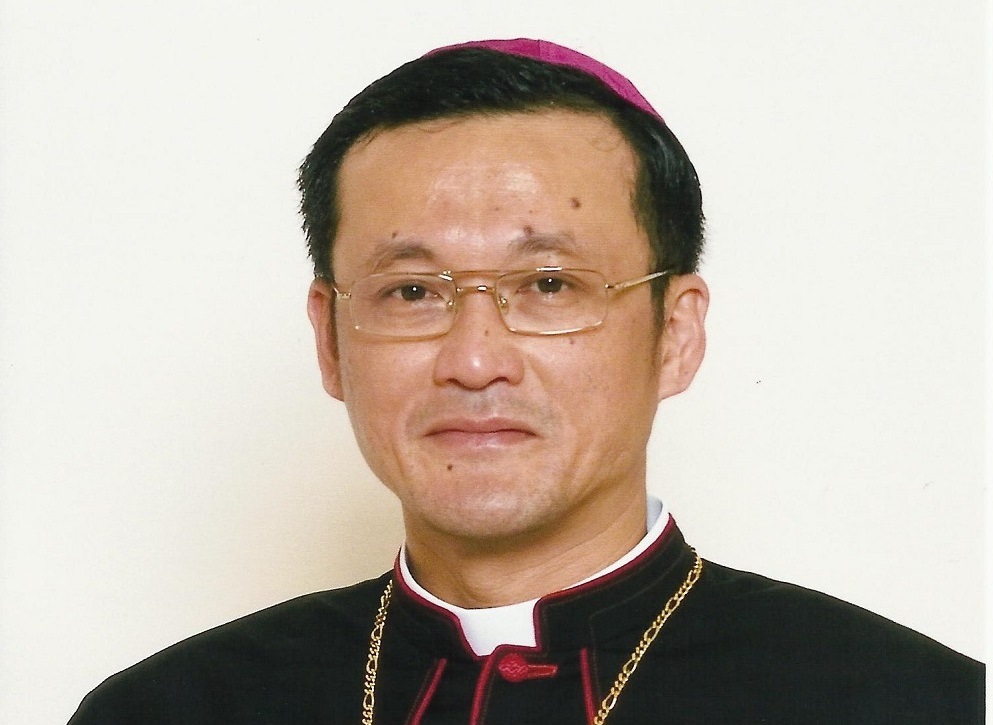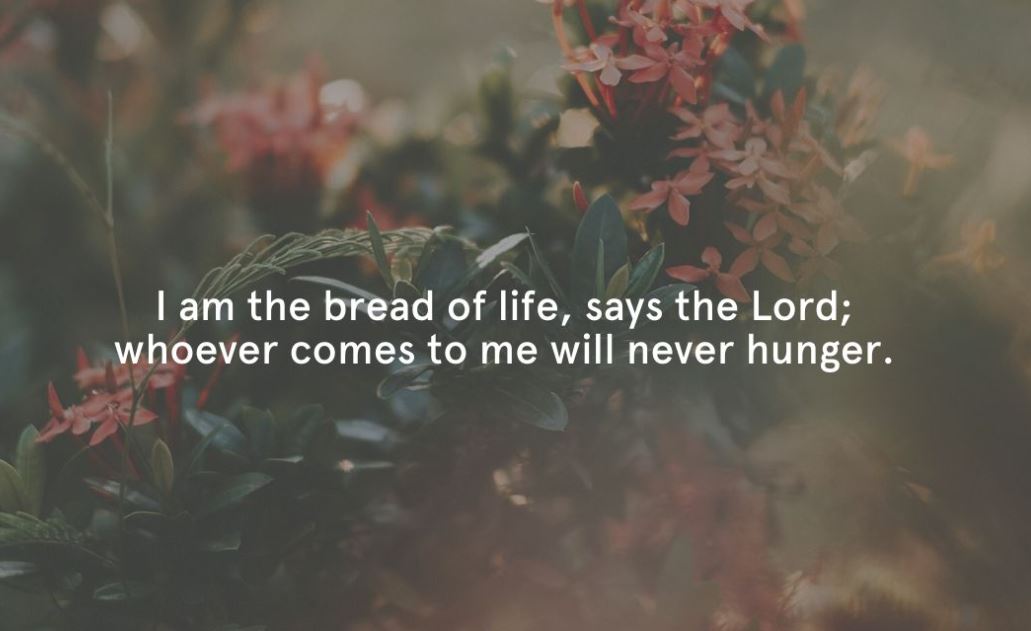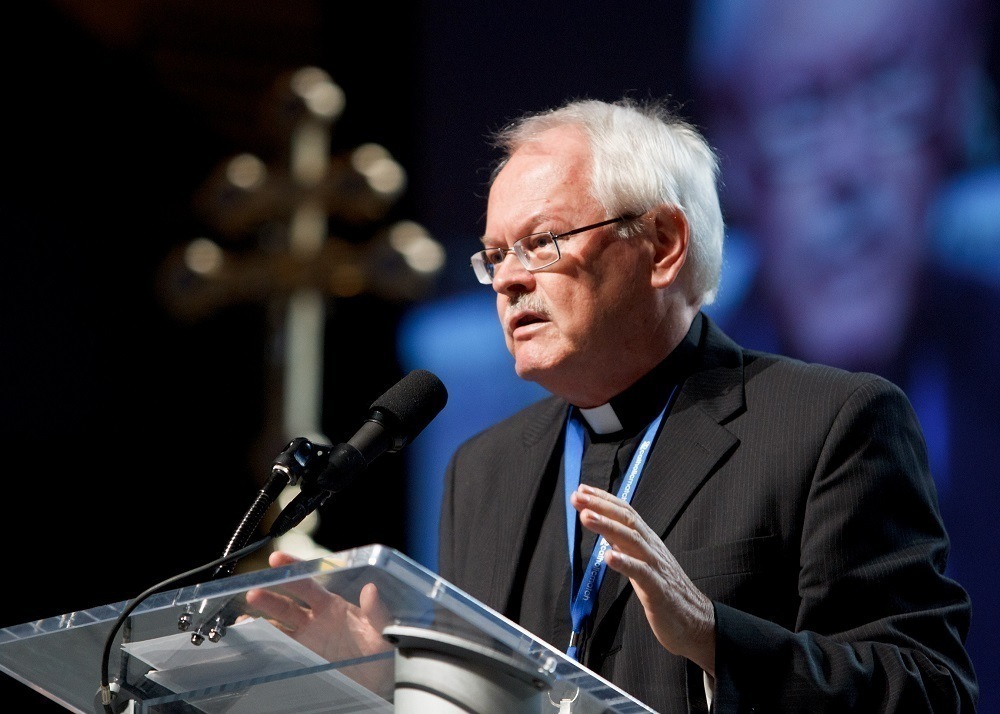
By Fr Ron Rolheiser
No amount of preaching shapes a soul as much as seeing someone living an honest life. If that’s true, and it is, then no marriage course is ever as powerful to teach about marriage as is the witness of a good marriage.
I understood this first-hand several years ago when I attended the 50th wedding anniversary of an uncle and aunt. Theirs was a good marriage: harmony, hospitality, family, faith.
However, and only they knew the price tag, this did not always come easily. They spent the first years of their marriage without much money and without extras, raising a large family. His first job, clerking in a store, paid him a pittance. She couldn’t find any work at all, since in the small town where they lived, women weren’t much wanted in the job market then.
As well, as in all families, there were countless other struggles and, in their case, countless hours spent by both, beyond their own family concerns, working in church and community circles.
More than two hundred of us, family and friends, gathered to toast and roast them. At the end of the banquet my uncle stood up to thank everyone and ended his comments with these words.
“When we got married fifty years ago, we didn’t have much, but we had an unconscious trust that if we lived by the Ten Commandments and the laws of the church, then things would turn out all right – and I think they did.”
What an understatement! They turned out better than all right.
A good marriage can best be described, I believe, by four images, and theirs is the prime analogate of each:
- A good marriage is a warm fireplace. The love that the two people have for each other generates a warm place. But the warmth it creates does not just warm the two of them, it also warms everyone else who comes near them: their children, their neighbors, their community, and everyone who meets them.
- A good marriage is a big table, loaded with food and drink. When two people love each other in a true sense, that love becomes a place of hospitality, a table where people come to be fed, figuratively and literally. In a good marriage, love feeds not just the two people who are generating it, it always contains more than enough surplus to feed everyone who is fortunate enough to meet it. This is what makes it sacramental.
- A good marriage is a container which holds suffering. An old axiom says: “Everything can be borne if it can be shared!” That’s true. Anyone fortunate enough to have a true moral partner in life can bear a lot of suffering. This is particularly true in a good marriage where the wife and husband, because of their deep moral affinity, can carry not just their own sufferings but also can help carry the sufferings of many others.
- Finally, a good marriage is Christ’s body, flesh that is “food for the life of world.” Christ left us his body to feed the world. A good marriage does precisely that, it feeds everything and everybody around it. This, above all else, is what makes marriage a sacrament.
Many of us have experienced this in some of the married people we’ve met. Having them in our lives is a constant source of moral, psychological, and religious nourishment.
The marriage of my aunt and uncle can be described by these images. Their relationship with each other was a fireplace, where many people, including myself, found warmth. It was a table; their houses always had big tables, loaded refrigerators, and friendly doors that welcomed and gave hospitality and food and drink to everyone who crossed their threshold.
And their relationship was a container for suffering. Through the years, thanks to their love for each other, they were able to bear with faith, dignity, soft hearts, and an ever-deepening charity, all the pain, tragedy, and suffering that came their way, and were able to help many other people carry their sufferings.
Finally, their relationship was, in real human flesh, Christ’s body, food for the life of the world. Virtually everyone whose path ever crossed theirs was in some way fed, nourished, and given vitamins for their souls.
In an age which no longer understands sacrament, we might look at a marriage like this one to better understand what constitutes a sacrament.
Sometimes the answers we seek are not found in a book, but in the house across the street; sometimes the divine grace we seek is found when someone opens a door of welcome to us; sometimes the elusive consolation we seek is given us by a friend who understands our pain; and sometimes the sacrament we seek to feed our souls is found in a warm living room, at a loaded table, in the banter and humor flowing back and forth across the table, and in a couple who are happily married.
Used with permission of the author, Oblate Father Ron Rolheiser. Currently, Father Rolheiser is currently serving as President of the Oblate School of Theology in San Antonio Texas. He can be contacted through his website, www.ronrolheiser.com. Follow on Facebook www.facebook.com/ronrolheiser.





